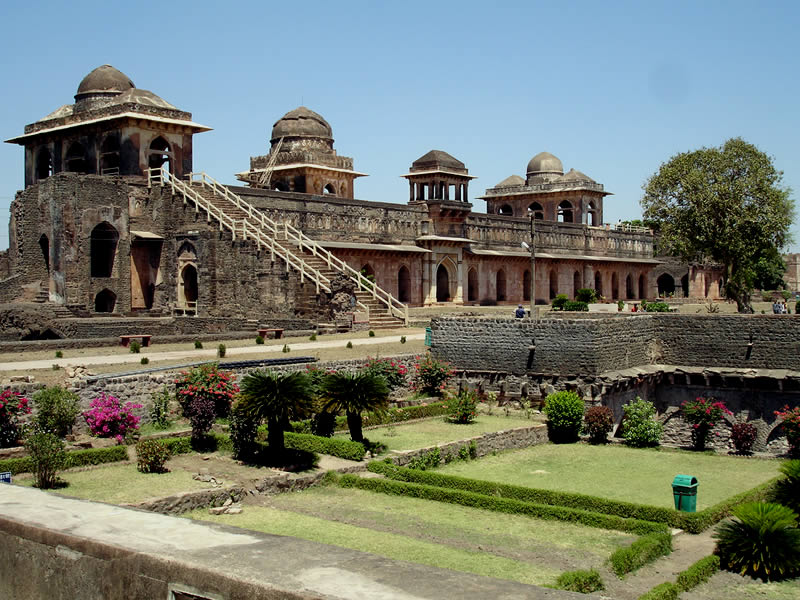Mandu Travel and Tourism Guide
Mandu, Madhya Pradesh. Mandu or Mandavgad is a ruined city in the present-day Mandav area of the Dhar district. It is located in the Malwa region of western Madhya Pradesh, India, at 35 km from the Dhar city. In the 11th century, Mandu was the sub division of the Tarangagadh or Taranga kingdom .
According to a Sanskrit inscription of 555 A.D, the History of Mandu goes back to the 6th century when it was a fortified city. It was later named Mandhavgarh in the 10th or 11th century, by the rulers of the Parmara kingdom. In the year 1261, even the capital of the Parmaras was transferred from Dhar to Mandu. Later still, in 1305, the Parmars were captured by the Khiljis. Dilawar Khan, the Afghan ruler of Malwa, renamed the place from Mandu to Shadiabad.
It was in the hands of Hoshan Shah (1405-35) that Mandu reached to heights of glory. Under his rule, came up the magnificent buildings and structures of Mandu which later went on to become the major tourist attractions of the city. The son of Hoshan Shah, however, was on the throne for barely a year when he was poisoned to death by Mohammad Shah, the next successor to the throne.
After a reign of 33 years, full of ups and downs, feuds and skirmishes, his son, Ghiyas-ud-din took the reins in the year 1469 and ruled for 31 years when his son poisoned him to death in lust of the throne. However, he could rule for only 10 years, an unhappy one, though, till Mandu went to the hands of Bahadur Shah of Gujarat in 1526.
Bahadur Shah was defeated by Humayun in 1534, but with the departure of Humayun, the city slipped into the hands of an officer from the earlier dynasty. Later on, Baz Bahadur seized the city of Mandu in 1554. However, he was also scared off by the advent of the great emperor, Akbar. Then the History of Mandu took a turn as it gradually passed on to the Marathas in 1732. At this point of time, the capital city was reassigned to Dhar and Mandu almost remained uninhabited.
Owing to the long reigns of the Muslims in this part of the country, Mandu houses several Islamic architectural specimens in the constructions. They were, however erected by using stones salvaged from the destroyed Hindu temples.







